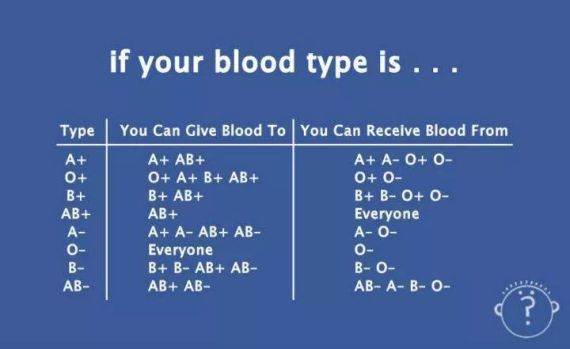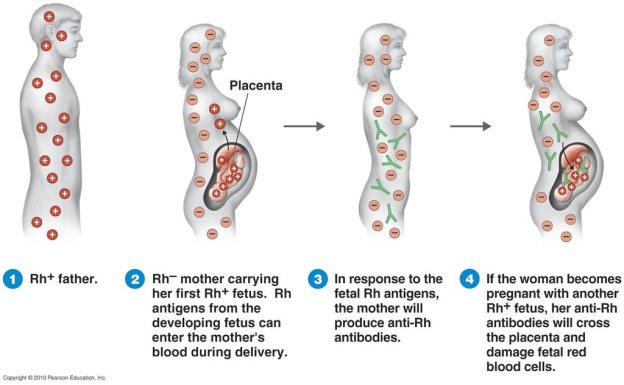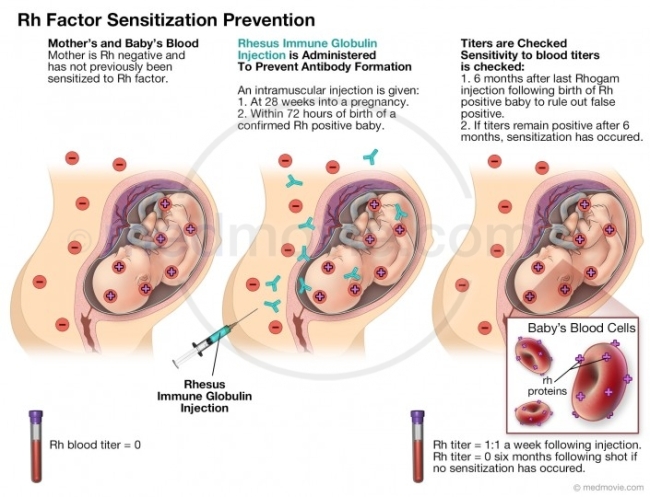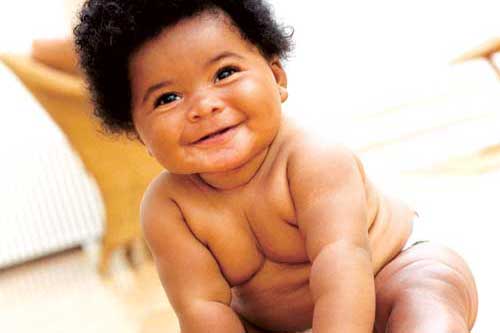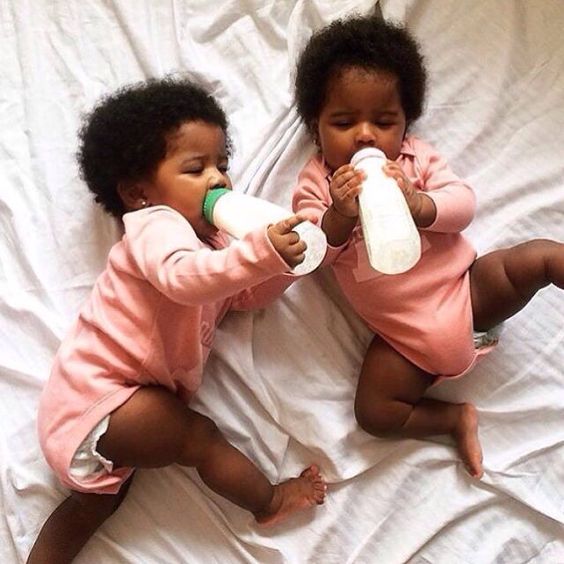The composition of breastmilk is not constant. It is constantly changing, even throughout a single feed. Breast milk varies to meet the infant’s individual nutrition and fluid requirement per time, age and condition (Prentice, A. 1995). Can you beat that!
Breastmilk is a complex fluid, rich in nutrients and non-nutritional components e.g. hormones, antimicrobial factors, growth factors, digestive enzymes, DNA, RNA (Jenness R. 1979). It contains all the nutrients needed by the baby from birth to about 6 months of life. Water is not needed!!!
Factors that affects the compostion of breastmilk (Prentice A. 1995)
- Stage of lactation
- Maternal diet
Stage of Lactation
This can be divided in four which differ in composition and volume of milk produced. Colostrum, transitional, mature and involutional. The composition does not change suddenly; it is a gradual process and may not even be noticed except you express breastmilk in a cup or bottle.
COLOSTRUM; can you see it is in capital letters, yes. Please my people do not throw this milk away. Why? This is the thick, yellowish milk that is produced in the first 3-7days after delivery. It is very rich in lactoferrin, leucocytes (soldiers of the body), Vitamin A (good for eyesight), secretory IgA (antimicrobial factors), immunizing factors, high in protein and sodium and has less fat (Mepham. T B.1987) I am sure you don’t want your baby to miss out on all these goodies that you don’t have to pay for.
Transitional milk is produced around 8-20days. The milk gets lighter in color not as yellowish as the colostrum
Mature milk; this is the milk produced during full lactation that is when the mother and child has established a feeding pattern and this usually occurs any time after 20 days. It is very high in fat, lactose, Vitamin B1. It contains all the other nutrients listed above too but just very high in these. This is where the foremilk and the hind milk can be observed. The foremilk is the milk produced immediately the baby starts nursing; it has a HIGH WATER CONTENT. The hind milk flows after few mimutes of nursing by the baby and contains that high fatty content. Can you see that the breastmilk is just over complete and well-designed #grinning
Involutional milk is the milk produced when the baby is ready for solids, from 6months old. It is low in zinc, low in fat also. This shows us clearly that by 6months of the child’s life, breastmilk alone won’t do the job of maintaining those chubby cheeks every mother desire. Begin the introduction to solids and this does not mean the cessation of breastfeeding
Maternal diet
This can also affect the breastmilk’s fatty acids, vitamins, zinc, selenium, iodine and fluorine (Bates CJ, Prentice A. 1994). As said in an earlier post, the diet of the mother causes variation in the composition of the breastmilk. Spicy foods can add flavor to the breastmilk, alcohol will give the breastmilk a sedative effect on the infant. Maternal diet also plays a role in allergies, once you are aware of an allergy in your child and you are still breastfeeding, my advice is to avoid such food till you stop breastfeeding as the allergen’s active component can pass from your bloodstream to the breastmilk.
Nutrients in Mature Breastmilk
Water
Proteins; Casein 40% and Whey 60%. I had to write this because it is only breastmilk that can boast of having this ratio, which is superb.
Fats; essential fatty acids, long-chain poly unsaturated fatty acids. These are the easily digestible fats
Carbohydrates; lactose
Minerals, Vitamins & Trace elements; Vitamin A, C, D, E, K, Iron, Phosphorus, Calcium, Sodium, Potassium, Magnesium, Chloride
Antimicrobial factors, Digestive enzymes, hormones, growth factors
My mother, who sat and watched my infant head while nursing calmly at her breast #hopeyouknowthatisnothowthesongwassang. I couldn’t resist singing it like that. With what the breastmilk contains, it is a balanced diet indeed. Let me shock you further
For each 100ml of breastmilk, this is approximately what is given; compare these values to some of our adult foods
- Energy 60-75kcal or 280kj. Do you want your baby to be active and energized, give breastmilk
- Protein 1.3g
- Carbohydrate; lactose. In colostrum- 2.5g/100ml, mature milk 1g/100ml.
- Fat about 4.2g
- Iron 76mcg
- Calcium 25-35mg
- Phosphorus 13-16mg
- Sodium 15mg
- Vitamin A 60mcg
- Vitamin C 3.8mg
- Vitamin D 0.01mcg (www.infantnutritioncouncil.com)If there is no contraindication or uncorrectable problems associated with breastfeeding, mothers please, exclusively breastfeed your babies for 6 months while families, workplace and the society at large support a breastfeeding woman.
Thank you
Yours sincerely
Simply Matty
R. Paed. N

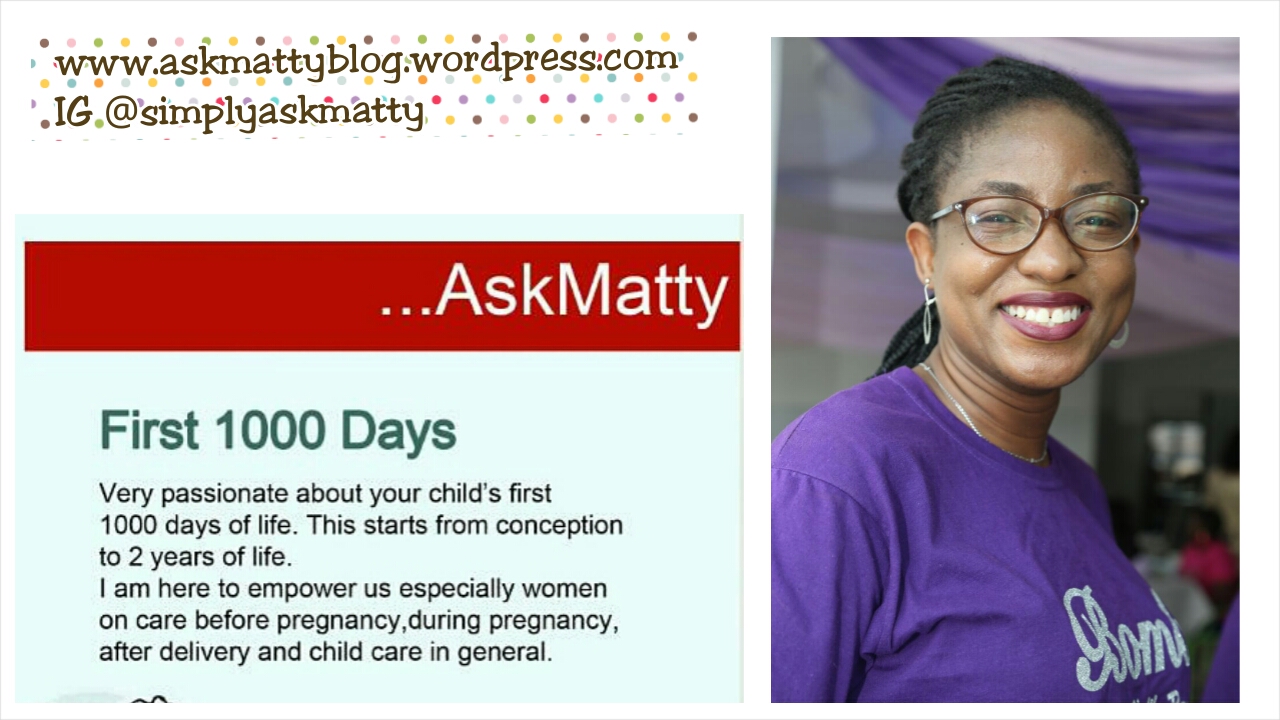









 photo credit: twindocotorstv
photo credit: twindocotorstv photo credit newtimes
photo credit newtimes





